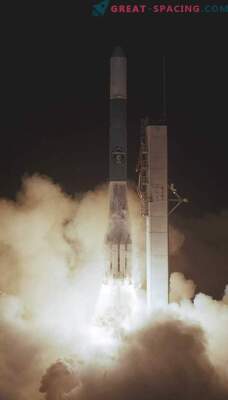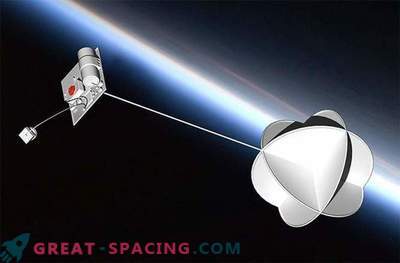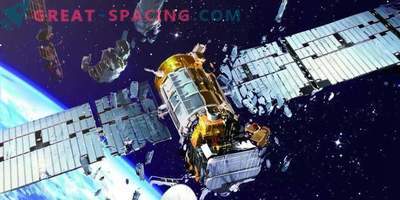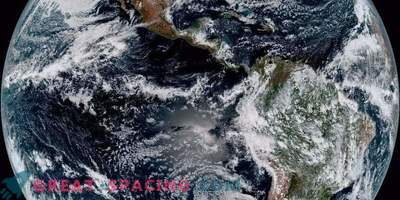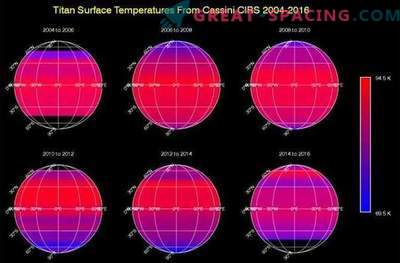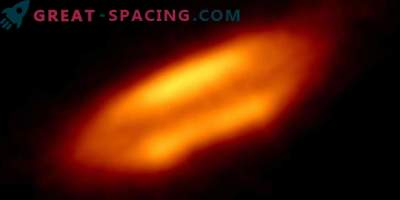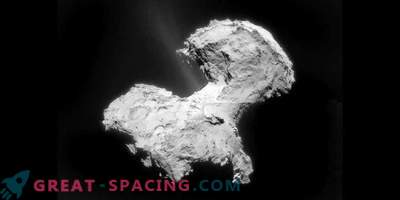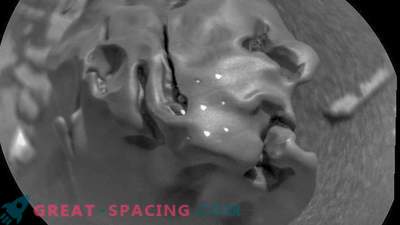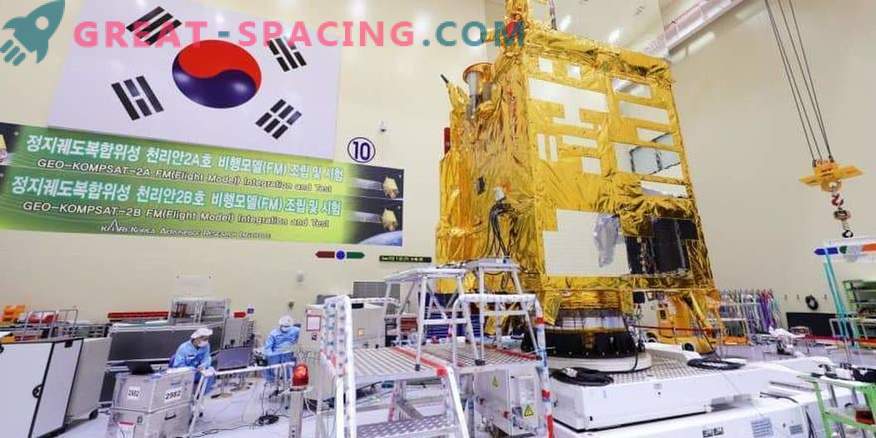
On December 4, 2018, the first space weather monitoring instrument from ESA was launched into orbit along with the new South Korean geostationary satellite GEO-KOMPSAT-2A.
The satellite in the photograph was put into orbit using the Ariane rocket from the Kourou cosmodrome in French Guiana. It must guarantee meteorological monitoring in the Asia-Pacific region, as well as provide space weather data.
Space weather describes the ever-changing conditions in space due to the unpredictable behavior of the active sun. Dynamic solar activity constantly changes the space environment, causing changes in magnetic and electric fields, as well as affecting the levels of high-energy particles and radiation around the Earth. Such changes can harm satellites, disrupt communications and satellite navigation, as well as damage the most important infrastructure on Earth, for example, electrical networks. The Korean satellite with the SOSMAG device went into orbit. It has four tiny sensors that will measure the Earth’s magnetic field and provide information about the effects of space weather on the device.
The SOSMAG kit is designed for installation on various spacecraft in an array of orbits. Together they will provide a more complete picture of the Earth’s space weather environment. Such payloads increase the efficiency of space weather research and reduce costs. As a result, scientists obtain critical data through a network of space meteorological services.


